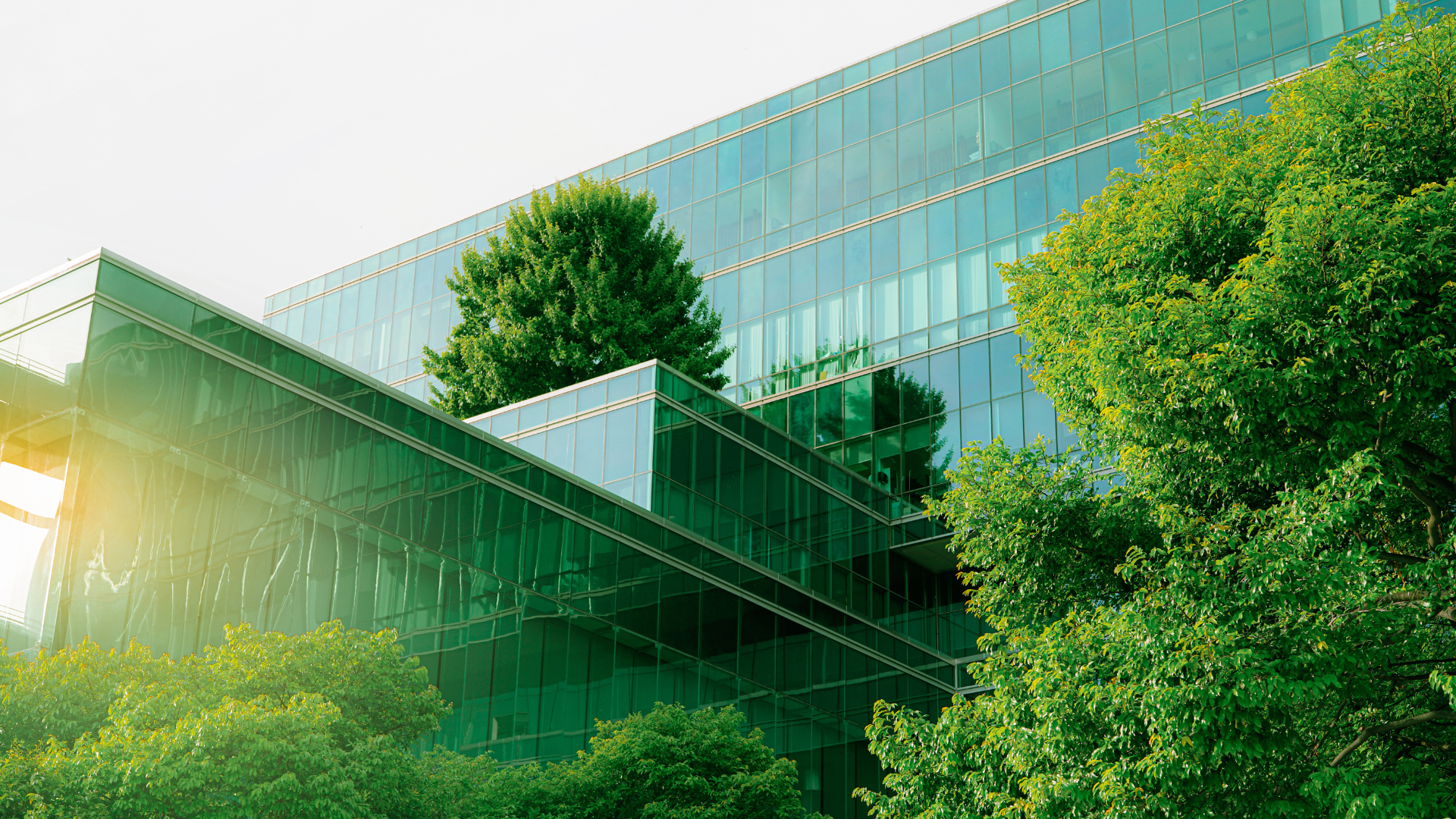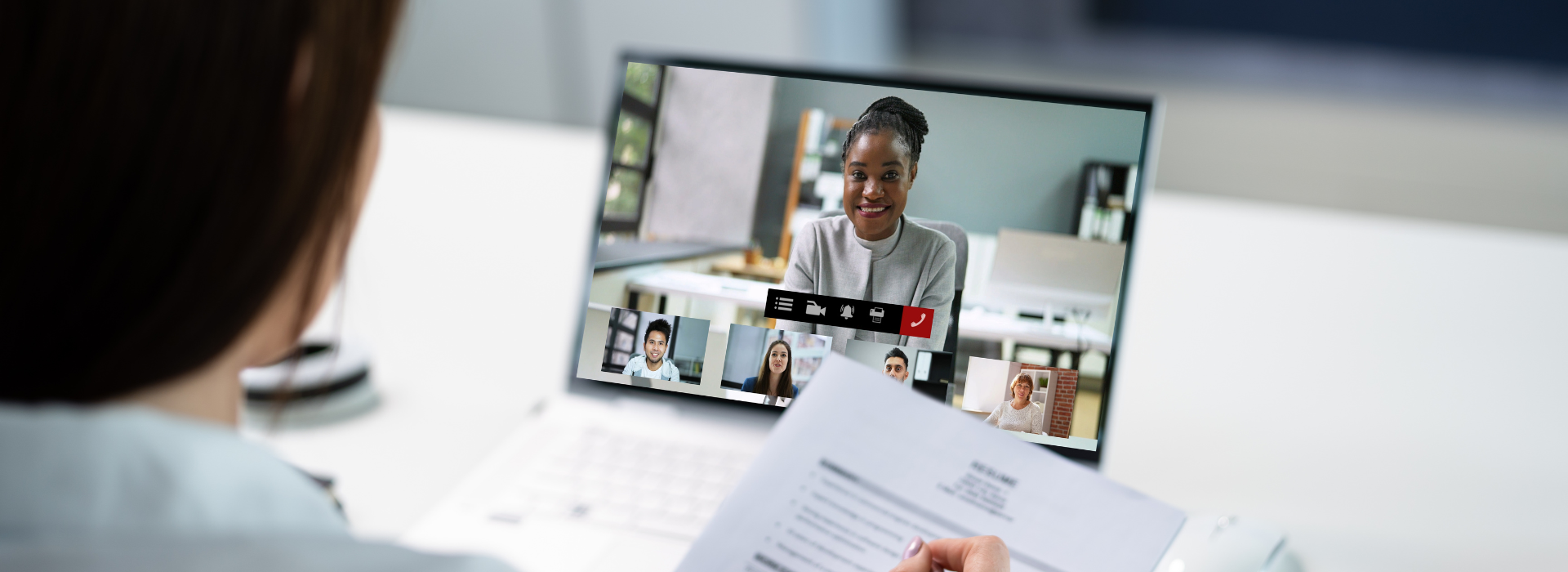The COVID-19 pandemic has permanently transformed our perceptions of work and the workplace. With the widespread adoption of remote and hybrid working models, employers have had to rethink the purpose of the office and how to entice employees back. Many organisations seized this opportunity to redesign their office spaces, using design as a tool to lure employees back into the office and enhance the overall work environment.
Creating Diverse Workspaces
The traditional office layout of cubicles and fixed workstations is becoming a relic of the past. To attract and retain employees, many organisations now opt for flexible, open-plan spaces. Hot-desking, where employees share desks, has become a common practice, offering flexibility and mobility. However, this design is not without its challenges, especially in striking a balance between collaboration and reducing noise and distractions.
Quiet Zones
One solution to the challenge of open-plan offices is the introduction of "quiet zones." These areas offer a sanctuary for focused, uninterrupted work. Small, purpose-built rooms with soundproofing, often referred to as "phone booths," provide employees with private spaces for phone calls, video meetings, and deep concentration. Quiet zones are an essential feature to mitigate the distractions inherent in open-plan designs.
Collaboration and Communal Zones
While quiet zones cater to individual focus, the office must also provide spaces for collaboration, team meetings, and social interactions. Communal zones are designed to foster creative exchanges and team bonding. These areas can include open lounges, break rooms, and shared work tables. Encouraging spontaneity and serendipitous interactions, these spaces balance the need for teamwork and networking.
Hybrid Work Practices
Hybrid working has become a norm in many organisations, allowing employees to work both in the office and remotely. Flexible work practices, such as staggered start times to avoid rush-hour commutes, can make the return to the office more appealing. This flexibility enables employees to balance their professional and personal lives more effectively.
Personalised Workspaces
Not every employee is thrilled about hot-desking. Some prefer having a permanent desk where they can create a personalised and comfortable workspace. Allowing employees to "pimp" their desks with personal items, plants, and ergonomic accessories can create a sense of belonging and comfort in the office.
Pet-Friendly Offices
For those who have cherished the companionship of their pets while working from home, pet-friendly office policies can be a significant draw. Allowing employees to bring their furry friends to work can improve morale and create a more relaxed and friendly office environment.
Bringing the Best of Home into the Office
To create an attractive office environment that entices employees back and maximises productivity, organisations can incorporate elements of the remote work experience into their designs:
- Chunk Your Day: Allocate specific time blocks for team collaboration, focused work, and breaks. Encourage employees to respect each other's concentration time and avoid disruptions.
- Make Use of Quiet Spaces: Encourage employees to utilise quiet zones or dedicated focus rooms when they need uninterrupted concentration. Provide these spaces with the necessary technology for virtual meetings.
- Flexibility is Key: Implement flexible work hours to accommodate various commuting preferences and personal schedules. Allow employees to adjust their work hours within reasonable bounds.
- Personalise Workspaces: Offer employees the option to have a permanent desk, giving them a sense of ownership and comfort in their workspace. Encourage personalisation to make it feel like a home away from home.
- Pet-Friendly Policies: If feasible, create a pet-friendly office space to accommodate those who enjoy having their furry companions with them at work.
Office design has become a strategic tool for enticing employees back into the office and ensuring a productive, comfortable work environment. The post-pandemic office should balance the need for collaboration and social interaction with spaces that enable focused, distraction-free work. By incorporating the best aspects of remote work and accommodating the changing needs and preferences of employees, organisations can create a modern workplace that truly appeals to the workforce of today and tomorrow.
As organisations make significant investments in redesigning their office spaces to entice employees back, the question arises: Have employers got this right? The answer may vary depending on the specific needs and preferences of the workforce. While many companies have made substantial strides in creating more flexible and engaging work environments, the success of these changes ultimately hinges on whether they align with the evolving expectations and demands of their employees. It's crucial for employers to remain agile and receptive to feedback, as the ideal office design may differ from one workforce to another. Ongoing dialogue and adaptability are essential in ensuring that the redesigned office spaces genuinely meet the requirements of the post-pandemic workforce. As the workforce continues to evolve, organisations must continue to fine-tune their office designs to strike the right balance between flexibility, productivity, and employee well-being.
Recent Insights




